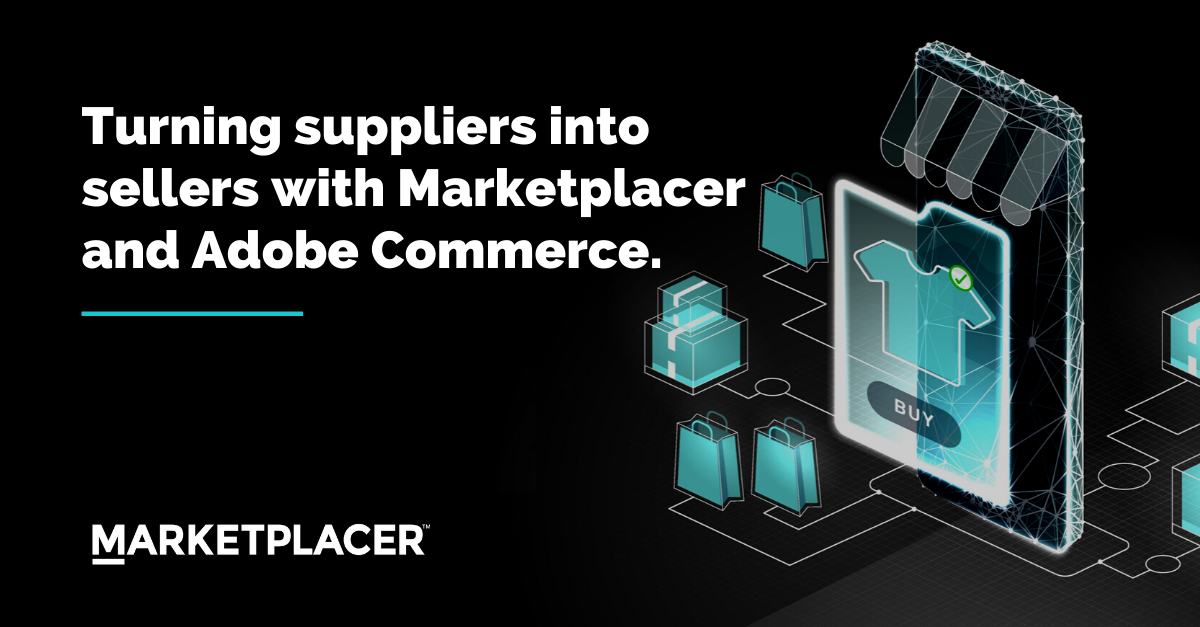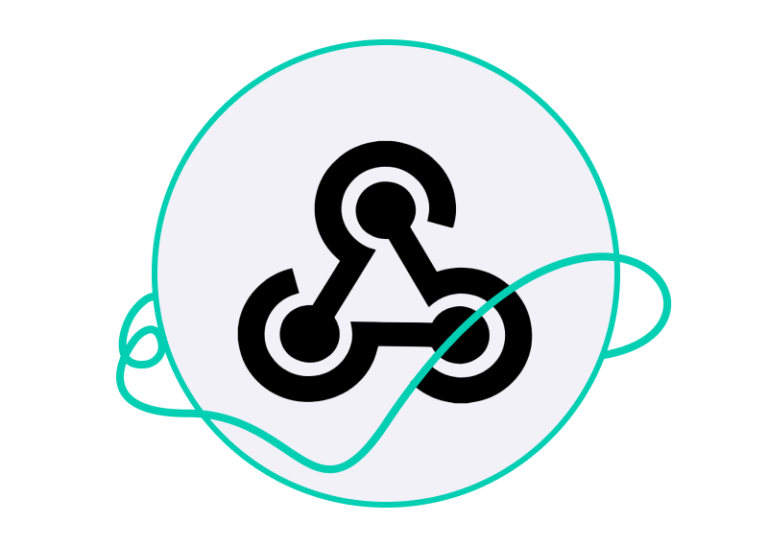You want to grow your business? You can:
- Expand your market share
- Expand your existing supplier range
- Introduce new suppliers
- Sell products you don’t own or need to purchase
- Shift from a merchant site or a direct eCommerce site to a marketplace
But which of these options is right for you?
What if you could do them all quickly, and easily, with minimal disruption?
What if flipping your thinking could flip your business?
In this article we explain how you can turn your suppliers into your sellers by using Marketplacer and Adobe Commerce (formely Magento 2). Expand your product range and turn your existing Adobe Commerce site into a full-scale online marketplace – without investing in stock, warehousing, or disrupting your current technology stack.
Sell what you don’t own
“By 2023 organisations that have operated enterprise marketplaces for more than one year will see at least a 10% increase in revenue. [1]“
If you are a typical retailer or wholesaler, it’s likely you already have a large range of trusted suppliers. However, for each supplier you may only stock a small percentage of their products due to inventory, storage, and logistics costs.
Did you know that by becoming a marketplace, you can sell your suppliers’ entire product ranges without purchasing any additional stock?
As a marketplace you can also introduce new revenue streams such as membership subscription and commission on sales. Typically, these commissions are in line with eBay and Amazon platforms but may be as high as 30% of the good’s cost.
Become a marketplace
There are a couple of ways that you can approach becoming a marketplace.
- You can implement a full marketplace stack incorporating a frontend eCommerce look and feel with consumer interaction points, backend purchasing, supplier portal functions, order fullfilment and tracking. This is great for new businesses. A full stack marketplace is also useful for a quick proof-of-concept that a marketplace is a viable option – it is quick and easy to implement and you can run the pilot on a separate subdomain. Once you have tested the marketplace concept, you can integrate your frontend behind the scenes with existing commerce, or mobile apps.
- Or you can go headless
3 reasons to go headless
- You may have invested in an eCommerce system as well as integrations and APIs to support it.
- You want to decouple your eCommerce offers and product functionality from your display and personalization layer. This approach gives you more flexibility with your presentation layers and you can also perform activities like split testing and trying multiple versions of a page.
- You want greater flexibility to customize content and functionality – this can be achieved by retaining an open-source platform at your front end.
“By 2023 80% of marketplace implementations will be headless. [2]“
Going headless with the Adobe Commerce (formely Magento 2) connector
The Adobe Commerce connector extension is a prebuilt headless connector that allows you to connect your Adobe implementation with the Marketplacer platform.Marketplacer allows you to create an online marketplace connecting directly to your suppliers’ own eCommerce platforms.
The Adobe Commerce aspect allows you to retain the look, feel, and user experience of your own eCommerce site whilst expanding your backend functionality with Marketplacer. This dramatically increases your product range by using drop shipping from third party sellers and provides a portal for them to easily manage their products via your marketplace. You can even keep your own stock in Adobe and just use Marketplacer for the additional ranges so you can compare data.
You also don’t need to be concerned about disruption to your current technology ecosystem as by simply making a couple of additions to your website, your marketplace fits neatly around your current stack.
Easily connect with your sellers
Your suppliers are added as sellers into Adobe including logos, contact details and store details. You establish how the seller is charged for the service – by a monthly subscription fee, commission per sale, or combination.
Your new sellers can use Marketplacer’s M Connect seller integration platform to sync their own eCommerce platform like Adobe Commerce, Shopify, BigCommerce or WooCommerce and their full range of products can be imported into your marketplace directly from their eCommerce system.
Each seller can sync their products via M Connect to the Marketplacer Seller Portal and are connected by the Marketplacer control centre. The prebuilt extension does the work, sending seller information and products directly to your Adobe front end.
You now have linkage to your third-party sellers and their products within your own eCommerce solution.
Provide a seamless customer experience
Using a headless marketplace solution gives you full control over your customers’ experience.
Customers can browse and purchase your in-stock products while having access to an expanded, and potentially limitless, range of additional third-party products. They can access the full range of your sellers’ products while interacting with your distinctive brand and user interface.
You still have the same Adobe features that enable customers to see size, add to cart, and have the same experience of your site, but you now have the option to identify different sellers on product view, or even at checkout. You can even promote different shipping options such as free shipping over certain amounts.
It all depends on what you want to offer!
Your customers’ experience is paramount.
With a headless implementation they have the same experience when interacting with your marketplace as they have with your Adobe Commerce storefront.
Fulfill orders at arm’s length
Once an order is placed in the Adobe Commerce frontend, it appears in the backend orders grid – side by side with other orders.The headless module then passes that order back to Marketplacer so they appear:
- Back into the control centre
- Into the Seller Portal where they have the option to fulfill, or
- Back into the seller’s eCommerce platform for fulfilment along with their own storefront orders.
Your sellers can differentiate the orders from your Marketplace from those from their own storefront by using tags if fulfilling via their own eCommerce platform.
Once the tracking number and carrier are entered, the details flow back to Adobe, and update in their seller portal.
Flip your thinking and flip your business
Think differently, expand your range, increase your revenue, and change your business.
With the Marketplacer Adobe Commerce connecter, you are no longer just an eCommerce site. Instead, you are an eCommerce marketplace with a far greater customer offering, and a world of opportunities beckoning.





